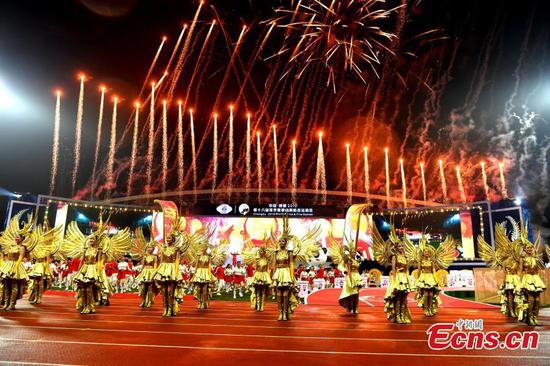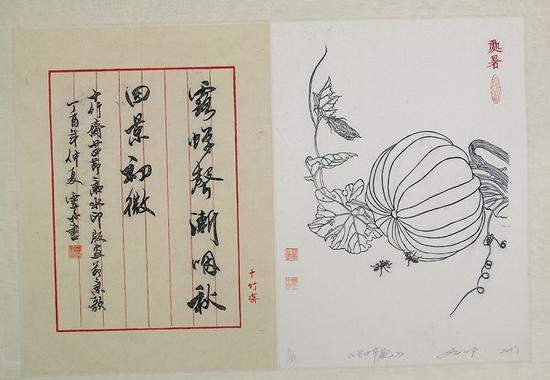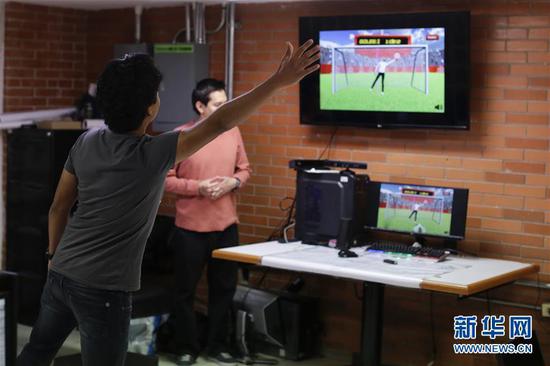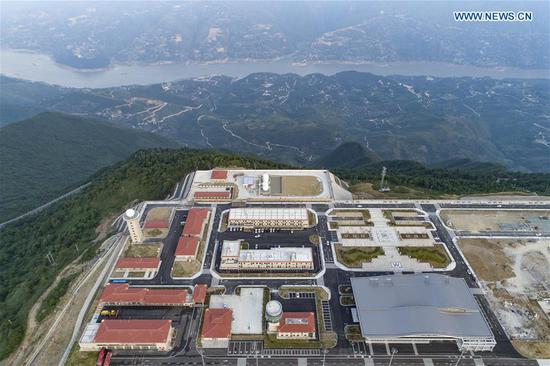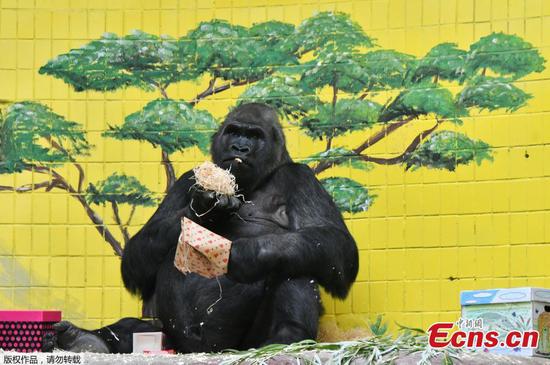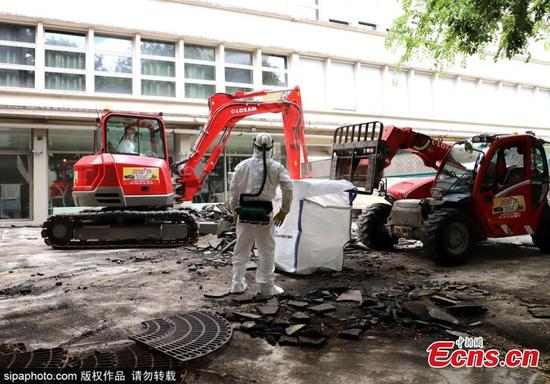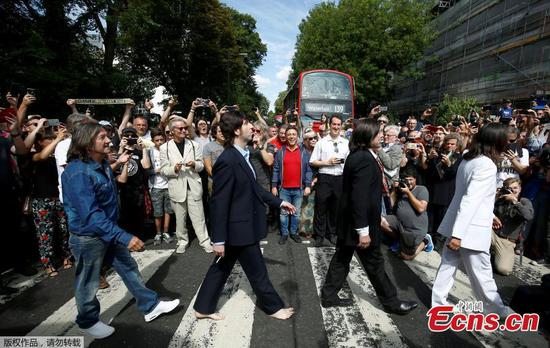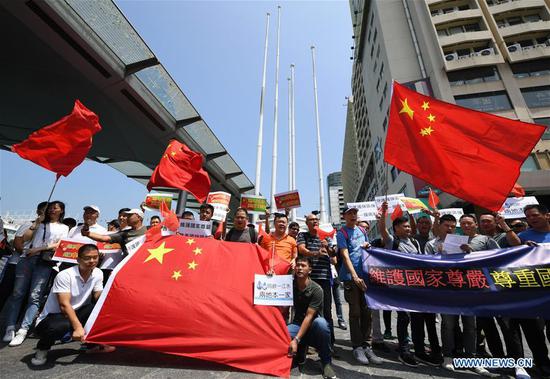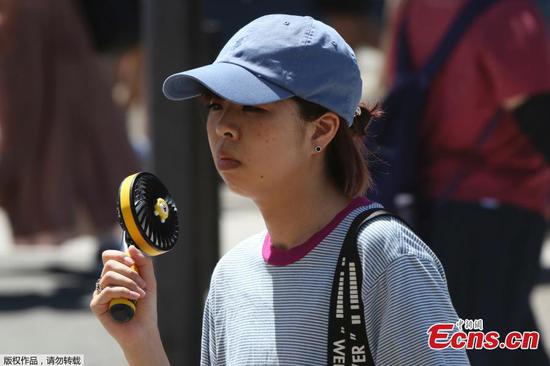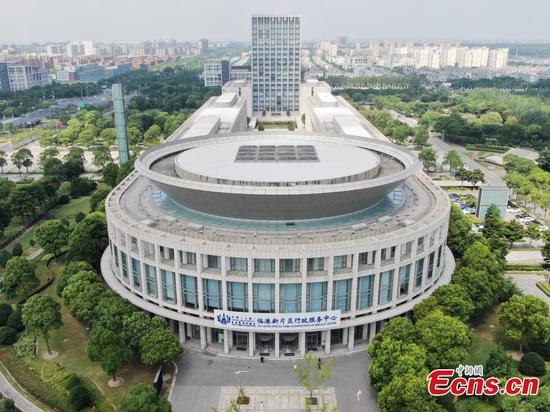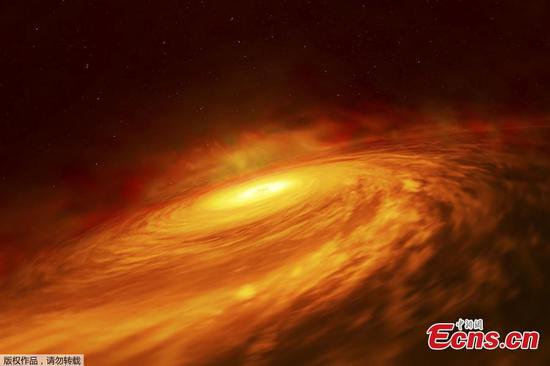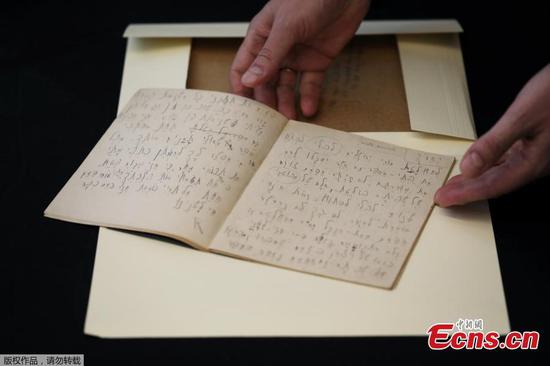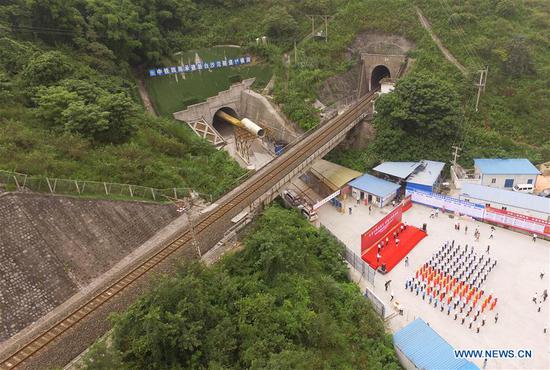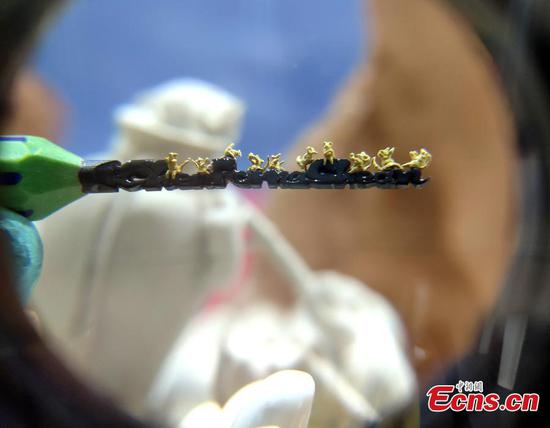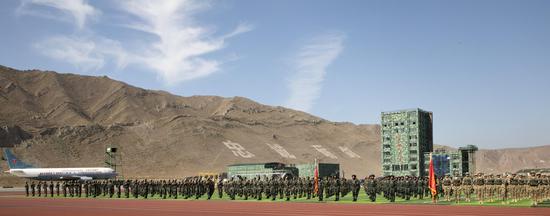Since China launched a market-oriented RMB exchange rate reform four years ago, the reform progress has been recognized by the global community, except for the United States, sadly.
On August 11, 2015, the People's Bank of China (PBOC) announced a major improvement to the formation of the RMB's central parity rate against the U.S. dollar. It makes the central parity rate more consistent with the needs of market development.
It was a continuation of the previous rounds of such reforms, also an implementation of Chinese central authority's pledge to steadily advance the exchange rate marketization reform and accelerate the RMB convertibility under the capital account.
Four years on, the RMB's exchange rate has been able to rise and fall in two-way directions, while normal intervention by the central bank has withdrawn from the foreign exchange market. China's headway has been recognized by the International Monetary Fund (IMF), which concluded in its latest report that China's exchange rate is broadly in line with fundamentals.
But a few days before the IMF released the report, the U.S. government unilaterally and bluntly named China as a currency manipulator, ignoring the conspicuous progress China has made in exchange rate reform.
However, the IMF does not endorse the U.S. label of currency manipulator for China. Its report makes clear that there has been absolutely no currency manipulation and that China's external balance has been appropriate.
According to the data published by the Bank for International Settlements, from the beginning of 2005 to June 2019, the nominal effective exchange rate of the RMB appreciated by 38 percent and the real effective exchange rate by 47 percent, making it the strongest currency among the G20 economies and one of the currencies with the largest appreciation in the world.
According to international law, it is up to the IMF to monitor the exchange rate policies of member countries to avoid manipulating their exchange rates to gain unfair trade competitive advantages.
As a global multilateral agency seeking facts from investigations, the IMF, not the U.S. government, holds the legitimacy and credibility to make an assessment on China's exchange rate regime.
The IMF released the report after concluding the Article IV consultation to review the Chinese economy. During an Article IV consultation, an IMF team of economists visits a country to assess economic and financial developments and discuss with the government to gain a deep perception of the country's economic and financial policies. The process, in recent years, has been regarded as more transparent and essential to identifying stability and growth risks. Therefore the IMF's conclusion on the RMB is based on investigations and facts.
On the contrary, the U.S. assertion was arbitrary, capricious and a mixture of financial issues and political assessment. The U.S. claim on China is merely a self-conceited farce which deserves no respect.
China has the concrete foundation, confidence and ability to maintain the stable operation of the foreign exchange market and the basic stability of the RMB exchange rate at a reasonable and balanced level, keep debt under control, and safeguard its financial security.
The country will continue to deliver its promise to let the market play a bigger role in exchange rate regime to maintain stability and continuity of foreign exchange management policies, further promote the liberalization and facilitation of cross-border trade and investment and keep a prudent monetary policy. It will be normal for the RMB exchange rate to fluctuate flexibly in the short term in response to changes in market supply and demand. Expectations of long-term stability of RMB's exchange rate will remain unchanged through a series of two-way fluctuations, as China's economic fundamentals remain stable.
The RMB exchange rate system is not perfect. But that should not be an excuse to write off China's remarkable progress in exchange rate reform, let alone smearing the mechanism.











